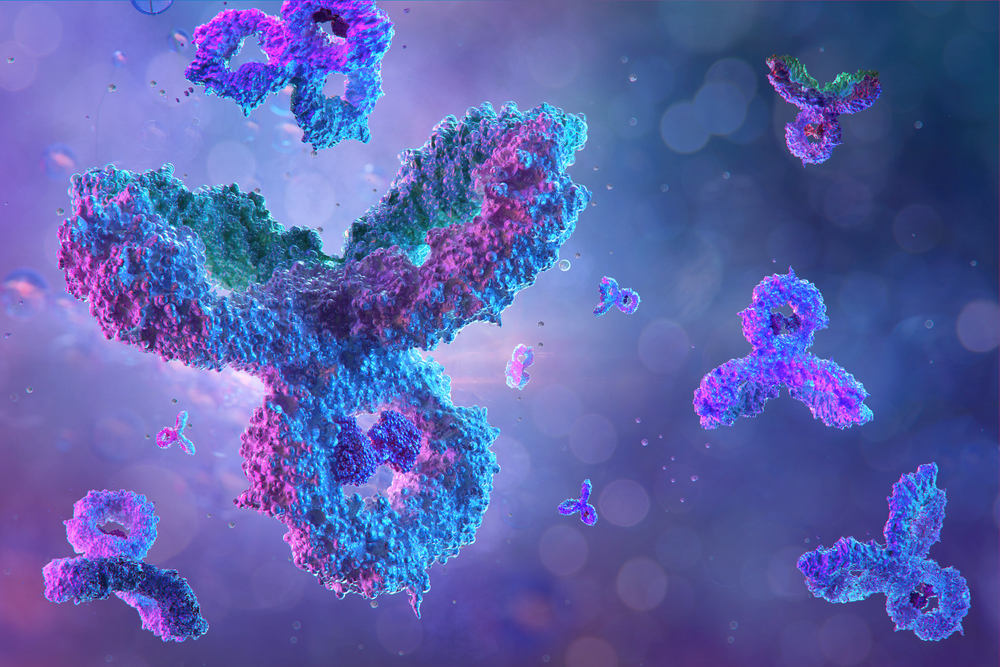
What is being tested?
This test measures the number of CD4 cells (also known as T-helper cells) in your blood. CD4 cells are a type of white blood cell, and they play an important role in your immune system. They help to identify, attack and destroy specific bacteria, fungi, and other germs that infect the body. CD4 cells are made in the spleen, lymph nodes and thymus gland, and they circulate throughout the body in the bloodstream. CD4 cells are a major target for HIV. The number of CD4 cells in the blood gradually declines as HIV disease progresses.
How is it used?
The CD4 count tells your doctor how strong your immune system is, how far HIV disease has advanced (the stage of the disease), and helps predict the risk of complications and infections. The CD4 count is most useful when it is compared with the count obtained from an earlier test.
The CD4 count is used in combination with the viral load test, which measures the level of HIV in the blood, to determine the staging and outlook of the disease.
The CD4 count is also used to identify possible health problems for which you may be at risk and to determine which medications might be helpful.
When is it requested?
A CD4 count and a viral load test are requested when a person is first diagnosed with HIV as part of a baseline measurement. Both tests will be repeated regularly to monitor progress after starting anti-HIV therapy. It may also be ordered as part of surveillance while taking some immune suppressant medication.
What does the result mean?
Normal CD4 counts in adults range from around 500 to 1,500 cells per cubic millimetre of blood.
In general, the CD4 count goes down as HIV disease progresses. Any single CD4 count value may differ from the last one even though your health status has not changed. You should not place too much importance on any one result. What is more important than any single value is the pattern of CD4 counts over time.
If your CD4 count declines over several months, your doctor may recommend beginning or changing anti-HIV treatment and/or starting preventive treatment for opportunistic infections like Pneumocystis jirovecii pneumonia (PJP). Your CD4 count should increase or stabilise in response to effective combination anti-HIV therapy.
Is there anything else I should know?
The CD4 count tends to be lower in the morning and higher in the evening. Acute illnesses, such as pneumonia, influenza or herpes simplex virus infection, can cause the CD4 count to decline temporarily. Cancer chemotherapy can dramatically lower the CD4 count. Regardless, it can be used as an effective monitoring tool if the more sensitive HIV viral load test is not available.
The CD4 count does not always reflect how someone with HIV disease feels and functions. For example, some people with higher counts are ill and have frequent complications, and some people with lower CD4 counts have few medical complications and function well.
Common questions
No, this test must be done by a doctor.
Information on the wide range of opportunistic infections affecting patients with AIDS can be found at the website for AVERT (UK) or at NAM aidsmap.
More information
What is Pathology Tests Explained?
Pathology Tests Explained (PTEx) is a not-for profit group managed by a consortium of Australasian medical and scientific organisations.
With up-to-date, evidence-based information about pathology tests it is a leading trusted source for consumers.
Information is prepared and reviewed by practising pathologists and scientists and is entirely free of any commercial influence.